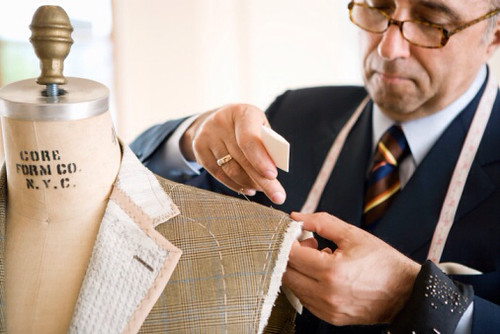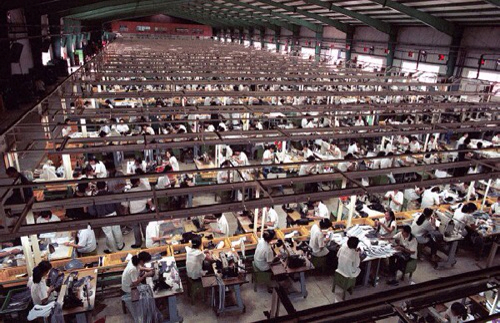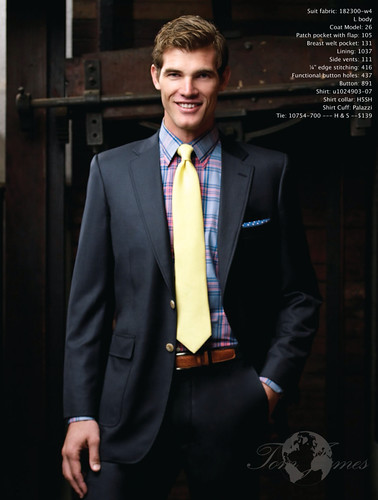- What should you expect to pay?
- What alterations are less/more expensive?
- What should the turn around times be?
- What questions to ask?
- What should your expectation of service be?
What should you expect to pay?
Alteration charges will vary from tailor to tailor and areas of city. But generally a simple alteration would set you back £15 - £30 ($24 - $48). Larger work or multiple alterations like a total recut will be from £50 - £300 ($80 - $480).
Less expensive alterations:
- Trouser length
- Sleeve length
- Waist in or out
- Replace buttons
- Cut buttonholes
- Slight lining repair
- Repairing seam rip
- Pocket repair
- Take in or let out centre back seam
More expensive alterations
- Jacket waist in or out
- Jacket seat in or out
- Jacket length (can only shorten)
- Complete re-lining change
- Narrowing sleeve barrels
- New crotch piece
- Altering collars and lapels
- Taking in point to point (shoulder width - can't let out)
- Invisible mending - this is specialist repairers that use a microscope to mend nearly impossible holes. Well worth but whilst it says invisible be prepared to still see something slightly where the hole or rip was.
Again this slightly depends on the quality but I should expect a week. If they are quick but not very good then the speed of work means nothing. Then again if they are great but take a month then you may wish to look elsewhere. So decide your priority and maybe accept you may need to sacrifice something else, from the options of speed, cost, quality. If you can find one that is great in all 3 then use them and do the right thing and mention their name on to friends and colleagues to increase business. Then let them know this as feedback is always appreciated for they may not know that they are liked, as people are not always in a habit of letting you know, and so dip in one of those 3 key areas.
What questions you should ask?
- Do you have any damage guarantees? - this is important but hard to find for if a shop will guarantee the cost if damaged of an item it means they are probably very good and high quality as if their not they will be out of business very quickly.
- Do you do alterations here or or somewhere else? - some places actually use other larger companies to do apt heir alterations but most don't. This is an issue if it gets damaged at that other place and you are stuck with a damaged garment.
- How long have you been here? - a shop that has been around for 20 plus years has survived recessions and competition so is probably pretty good. Doesn't mean don't give young start up companies your work but it is a good indicator of quality (not always though).
What should be your expectation?
You should be getting polite, efficient and reasonably priced work. But do remember, you get what you pay for so don't expect high quality or speed if the cost is very low. Minimum communication of any extra costs to be confirmed before work is done and receipts provided. Also work must be of a good standard so don't accept bad work unless the tailor made you aware that the repairs would be mostly visible. All good tailors will manage your expectations so this would be rare and silly of them if they led you to believe they are magicians on things that are far too damaged.
Delivery service may be provided but will cost. Expect discount of you do many items. It may be worth you and some colleagues pooling, once one of you has found a good place, and getting work down at the same time. Most of these places do dry cleaning too so you will be using them more then just every time a popped button happens.
Give me your feedback once you have found somewhere good so I can pass it on to other readers in your area.
Tailor Dan














